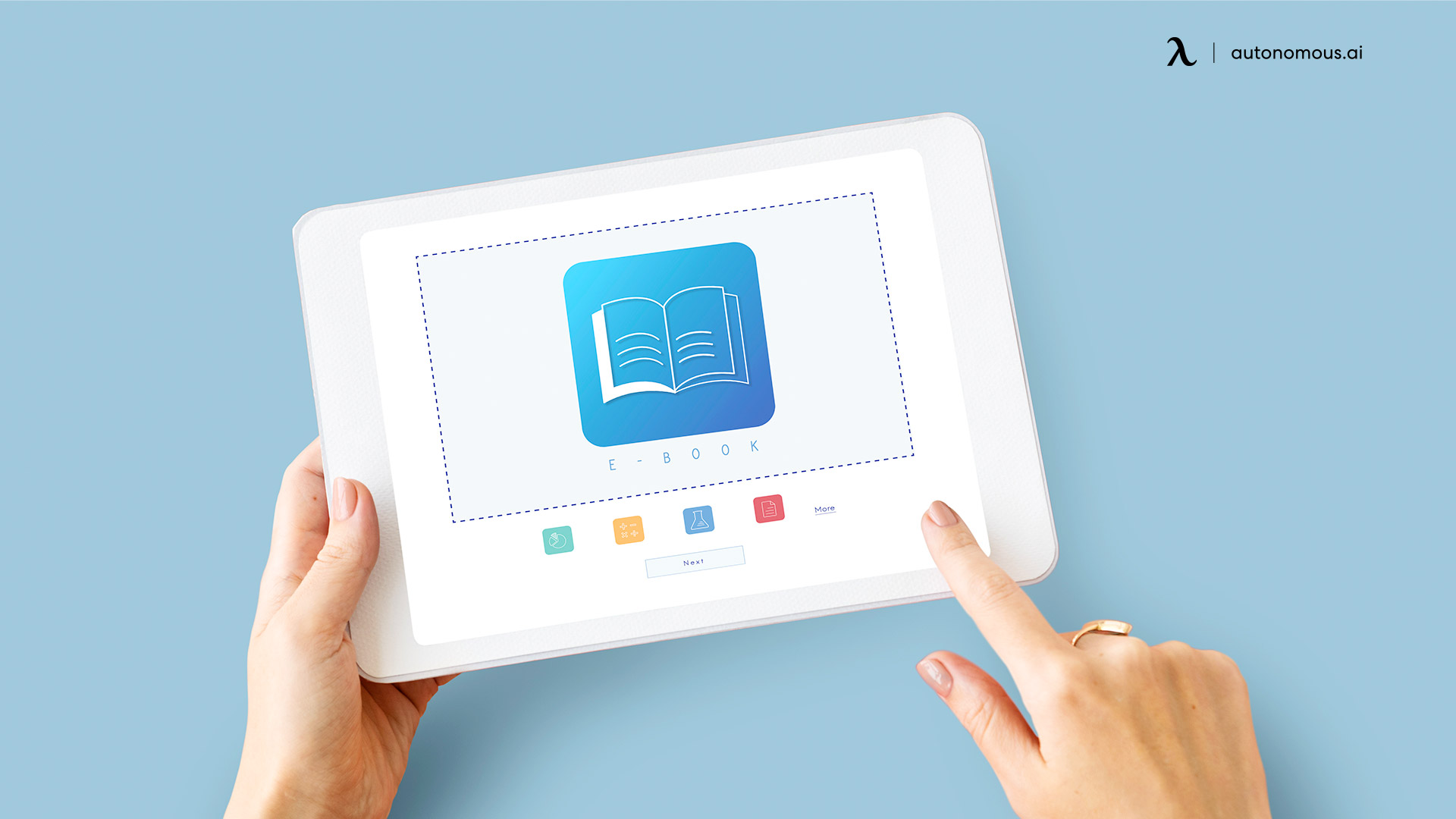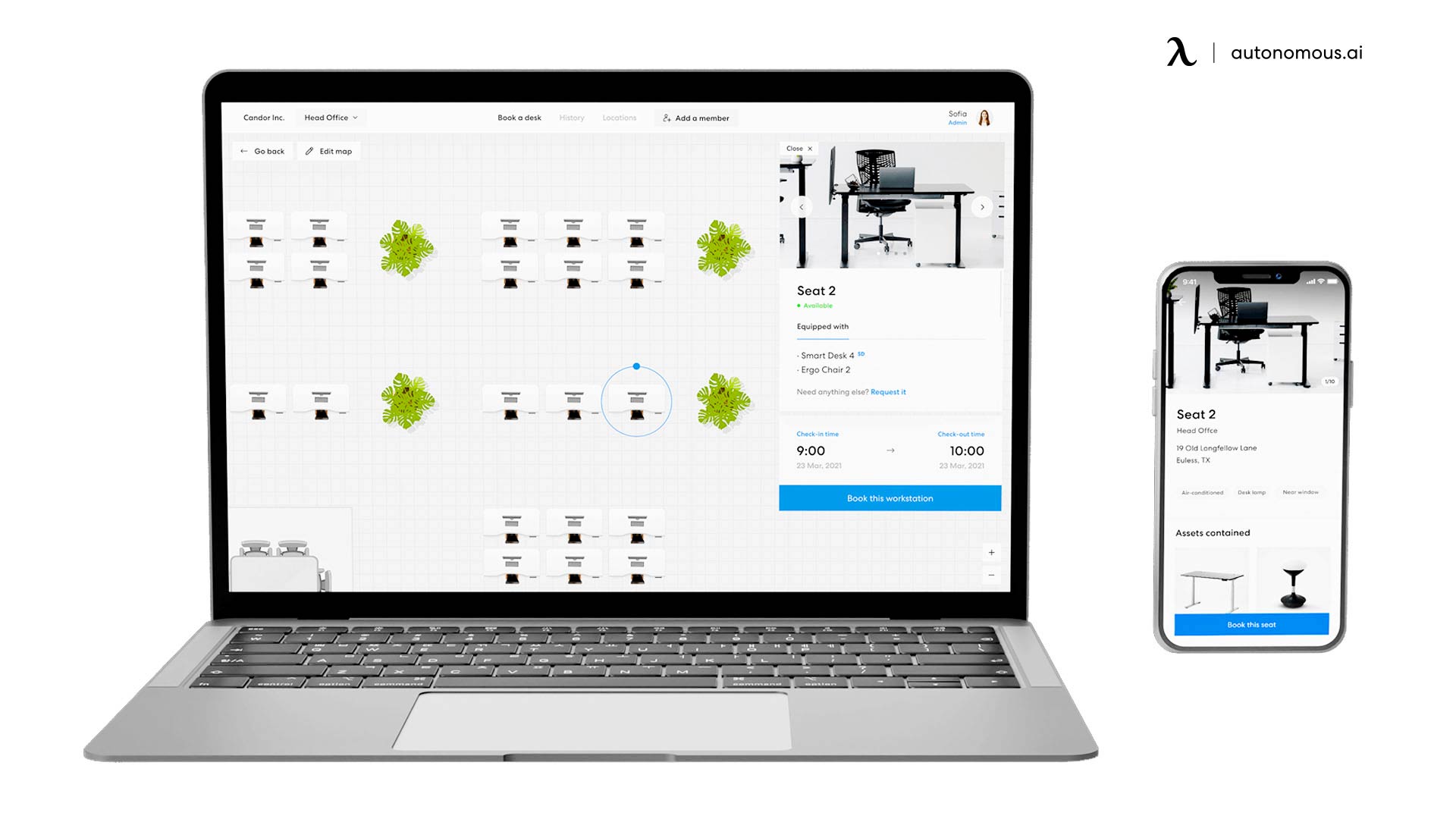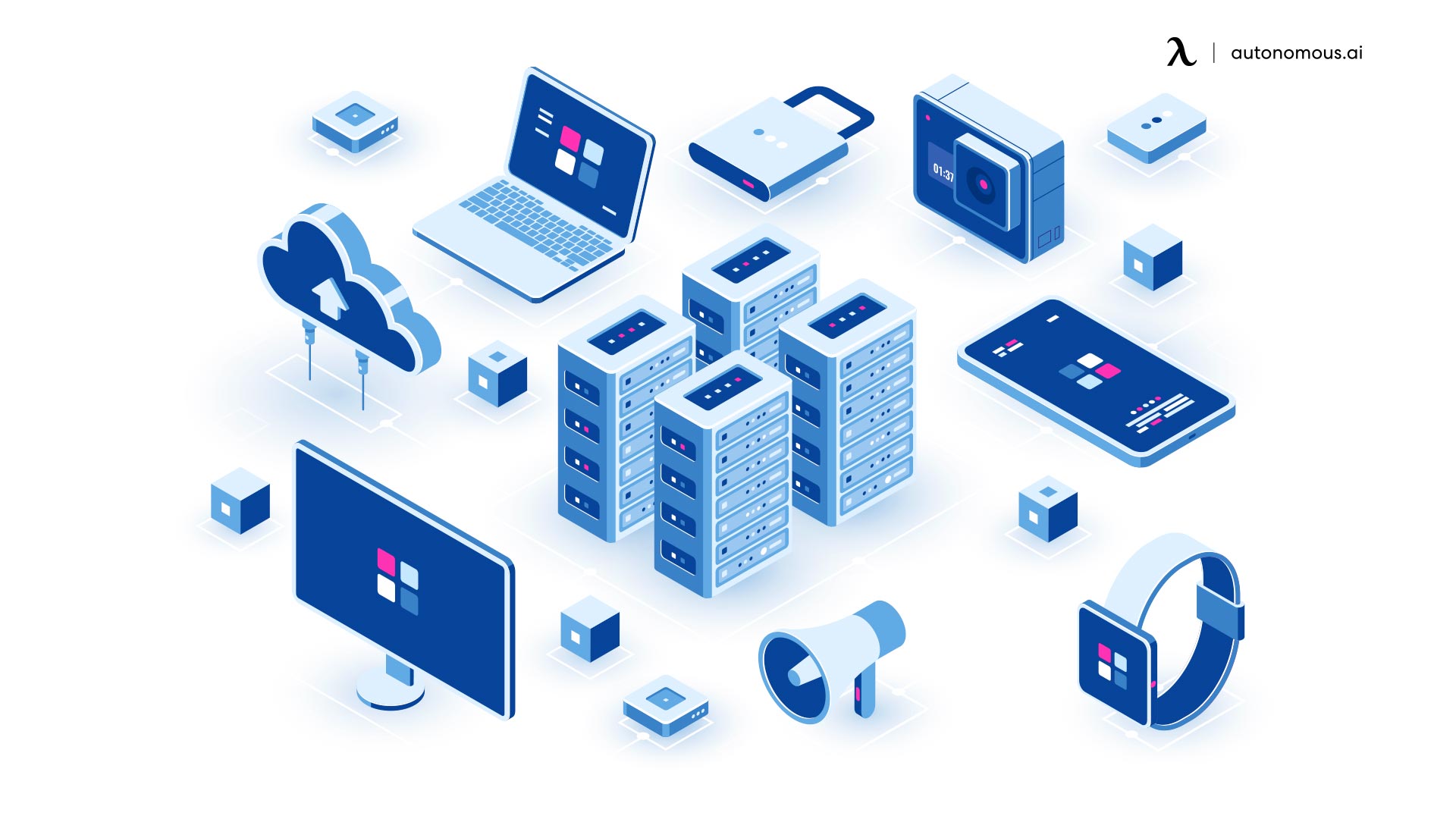
14 Must Have Hybrid Work Technology to Upgrade Your Workplace
Today's workers desire a hybrid office with all the benefits that entails. It's critical to have the correct hybrid work technology to support this new workplace reality.
Since the outbreak of the epidemic, businesses all around the world have adopted the hybrid work paradigm. This method of work, however, is not new. Many studies have demonstrated the enormous benefits of using a hybrid work arrangement to increase productivity in the workplace.
Large companies like Microsoft, Google, Coinbase, and Autonomous have made the transition to a hybrid work environment permanent. It's critical to comprehend precisely what's going on. However, we must first ask what is a hybrid work software, and how does it benefit your employees?
The proper hybrid work technology may improve employee satisfaction, reduce turnover, aid recruiting, and help businesses keep – or gain – a competitive advantage. The epidemic triggered massive changes in the way people think about remote work and highlighted how efficient it can be.
Technology challenges are becoming more challenging as some firms choose to move away from remote employment and toward hybrid models. You need to know what tools are vital for the future of work as an HR executive or CIO.
What is a Hybrid Model, and How Does It Work?
A hybrid work model is one that incorporates both office and remote employment. This implies you'd spend time at the workplace doing things like attending meetings and communicating with co-workers and superiors. The remainder of your office job would be done from the convenience of your own home.
Considering the pandemic, the application of this strategy has become a requirement for limiting human interaction. Today, knowing how to exploit the hybrid remote work model to your company's advantage is critical to its success.
Most organizations have switched to a mixed work paradigm in the last year. A shift in the work model necessitates a shift in the working environment.
Managing such a work style can be time-consuming and complex. Businesses want adaptive hybrid work technology that facilitates the management of a hybrid workforce. As a result, Autonomous has created hybrid work software to assist organizations in managing their hybrid workplace.
As the HR leader or CIO, you want to collaborate with other executives to determine which methods can best serve the blended workforce. Here is some hybrid office software that may help employees stay productive from their preferred work location.
These solutions seek to also protect the security of the organization's data while allowing employees to access the information they require.
Hybrid Work Technologies to Implement
1. Tracking Mechanism for Applicants

When it comes to recruiting, there are two things to keep in mind. The first is the requirement for software that facilitates remote work: Recruiters, managers, candidates, interviewers, and approvers should all be able to work remotely with your applicant tracking system.
The second factor to think about is your talent pool. You are no longer limited to employing people from a single city, state, or country when you use a hybrid workforce. You may want to revise your recruiting strategy as a company to see how you can best take advantage of this new opportunity.
2. Collaboration Software
Team collaboration tools, often known as team collaboration software, are a variety of software and online services. Businesses and their employees can use these tools to track progress on common projects regardless of their geographical location.
Cloud storage, document synchronization, file-sharing software, instant messaging, and online whiteboards are just a few examples of team collaboration tools.
3. Platform for Communication
Several programs that are part of the larger category of collaboration tools can help promote ad hoc communication amongst employees.
This hybrid office software can also be used to communicate information with all employees or help groups of employees working on a project together. Tools like Slack and Microsoft Teams are well-known examples of this type of software.
4. Management of Documents

Instead of depending on paper-based files, a company needs an application to store and exchange electronic files to enable distant workers. Teams can use file-sharing applications to easily distribute and transmit files, as well as grant access to other members.
This hybrid work technology eliminates the need for email for file transfers, allowing inboxes to be free of the continual assault of files and notifications. Documents, videos, and even software can all be shared files.
You can regulate who within your business can see, edit, and delete files if you use a document management system. To guarantee that all employees have equal access to the information they need, existing files.
Those employees who still require a wet signature, such as those for government agencies, may need to be digitized.
5. Management of Human Resources
Human capital management (HCM) software is essential in today's business world. Core HR, talent management, labor management, service delivery, and other technologies like analytics are all part of it.
A cloud-based HCM is a key hybrid work technology, even though it is available on-premises. The introduction of hybrid work software into HR practices is growing substantially amongst international and local companies.
It is critical to have an HCM system that is accessible to all employees remotely to ensure that data is accessible and maintained by employees, managers, and HR.
6. Tools for Managing Office Capacity
In many parts of the world, social distance suggestions and capacity constraints still exist. These have an impact on workplaces, and you should be aware of any applicable safety rules, as well as any potential capacity constraints in your organization's workplace.
You'll need a technique to count personnel as they enter and depart your office space to guarantee the business stays within permitted bounds. For larger workforces, look for capacity management technologies such as registration tools or occupancy sensors.
7. Cleaning Automation in the Office
You'll need to reconsider your approach to workplace cleaning as more workers return to the office, either permanently or as part of a hybrid workforce. More severe cleaning practices are required to keep workers safe; hybrid office technologies may be used to improve worker safety when cleaning.
Hot desking applications may be a useful option when considering a simple desk reservation system.
In addition to a focus on social distancing and capacity restrictions, your company may need to use AI, automated warnings, smart technologies, and robots to assist with office cleaning.
When a meeting is over or an employee is no longer utilizing an office hoteling desk software, for example, there are programs that can notify the office cleaning crew.
Furthermore, for office cleaning assistance, many companies are turning to smart technology and robots. UV light technology, for example, can aid in the disinfection of workplace areas.
8. Learning Software for Employees

Businesses should invest in hybrid office technology as a mean of learning. According to several surveys, today's workers want to leave their existing jobs — up to 40% of them, according to some estimations.
Many businesses, on the other hand, are desperate to hire but are having trouble doing so. In today's world, any firm, including hybrid workplaces, must support employee experience, compliance requirements, and the development of workers' abilities through learning apps.
Hybrid work technologies such as: learning management systems and learning experience platforms can help you train anytime, anyplace, and track your progress. You should also investigate different learning solutions to help employees in hybrid workplaces.
9. Mobile Applications
Mobile usage was skyrocketing even before the COVID-19 pandemic. When the pandemic struck, mobile tools became lifelines for keeping employees connected, implementing technology, and transitioning to a new normal.
Employees require specific competencies to complete their work, whether they are in the office or working remotely on a given day.
Connectivity, the capacity to seek up organization information, and the ability to grant approvals are among these features. Mobile applications and hybrid office software are essential for achieving this level of productivity.
10. Applications for Onboarding
With the possibility of new employees working entirely from home, you'll need to rethink your onboarding strategy and may require a cloud-based onboarding tool that offers flexibility and security. Hybrid work technologies may enable platforms for onboarding employees who are not physically present
An onboarding application, for example, can assist you in sharing policies, training materials, and information about your company with new hires. It can also be used to introduce new employees to their teams and ease them into the corporate culture regardless of their location.
11. Instruments for Performance Management
In a situation where the employee-manager link is remote or just in person on occasion, employees need clear goals. Regular check-ins should be conducted to ensure they are receiving timely employee feedback.
Despite the importance of hybrid work software in allowing this aspect of the hybrid workplace, continual performance monitoring should come first. To aid managers' feedback training, upper management and HR teams should communicate clearly about best practices and procedures.
12. System for Making Reservations

If your company wants to offer hoteling, where employees may reserve a desk for the days they are in the office, you'll need a system in place for them to do so.
It's possible that you'll be able to utilize the same hybrid work software that's used to book conference rooms.
If your company offers a variety of lodging options, you may want to look for more targeted or intuitive tools to help with the reservation process.
13. Software for Security
Flexible work situations necessitate a smart security strategy. Many businesses have relied on VPNs, but some security experts say they leave them open to malicious actors. This is because VPN authentication often gives a user unrestricted access to the corporate network.
As a result, many businesses are considering other remote access options, such as zero-trust network access.
14. Software for Video Conferencing
Following the COVID-19 outbreak, the use of video conferencing increased dramatically.
These collaboration solutions provide a level of versatility and connectivity that is unrivaled by other hybrid office technologies.
Video conferencing is critical in allowing remote and office team members to collaborate. During hybrid meetings, this is especially vital to keep team members connected.
Vendors are developing features geared for blended workspaces.
Video conferencing vendors, for example, have stated that in hybrid offices, personalized framing is critical.
Final Thoughts

The world as we know it is changing, allowing new and more efficient ways of working to emerge. Employees that work in a hybrid work style can do so from the comfort of their own homes, only coming into the office when necessary.
While this paradigm has many advantages, it also adds to the workload of those in positions of management.
The hybrid work paradigm is the workplace's future; hence the indoctrination of hybrid work technologies must be considered. It has already been adopted by significant corporations. A lot of small firms are doing the same thing.
There are several crucial things you can do or implement to assist you. Hybrid office technology’s implementation may help you get the most out of this manner of working to make the model work efficiently.
Allowing employees to work from the convenience of their own homes has been shown to boost mental focus, productivity, and efficiency. With the coming of the global pandemic, we may be unable to continue operating in the same manner as before.
For those business owners who need a flexible solution that allows workers to work from wherever, the hybrid work paradigm, on the other hand, is the best solution for bringing them into the workplace when necessary.
However, knowing what strategies you use to get the most out of your employees is critical. To begin, establish the ideal adaptable workplace atmosphere for when you need people to report to work. To make the most productive use of your hybrid workforce, make sure you use good communication methods, develop hybrid work policies, and create functional schedules.
Managing a hybrid workforce, on the other hand, does not have to be complex. Autonomous has created cutting-edge hybrid work software that makes leading and managing a remote team simple. It aids in the hoteling of office space by allowing employees and managers to manage their own time and be more flexible.
Get exclusive rewards
for your first Autonomous blog subscription.
You May Also Like





-7512dd9e-3510-42ed-92df-b8d735ea14ce.svg)


